

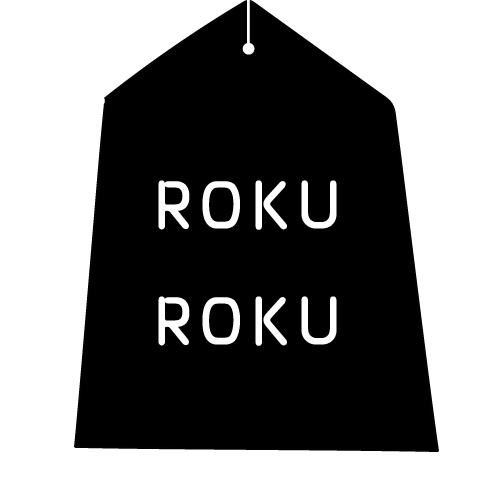
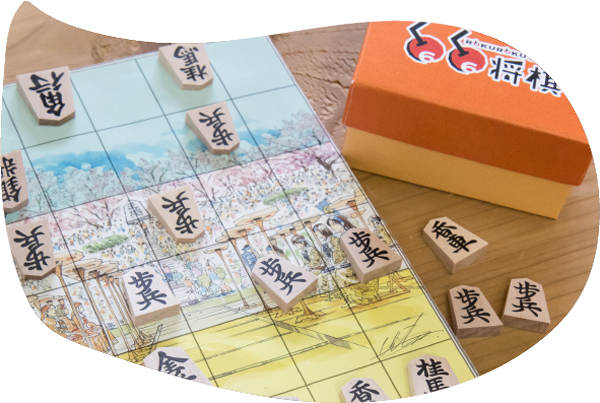

It is a unique style of Shogi proposed by the Tendo Chamber of Commerce & Industry and professor Michio Matsuda of Shokei Gakuin University to introduce the city of Tendo, which is the largest producer of Shogi pieces in Japan, and Shogi culture to the world. It uses a board composed of rectangles in a grid of 6 ranks (rows) by 6 files (columns), yielding a 36 square board. As the special Shogi is faster to finish compared to regular Shogi, it has been enjoyed by a wide range of people from beginners to advanced players.

The production of shogi pieces in Tendo-city started during the late Edo period when playing Shogi was already common among regular people. Daihachi Yoshida, a vassal of the Oda clan encouraged feudal warriors to start the production of Shogi pieces to reconstruct the local economy. The basis of Tendo’s traditional Shogi pieces, which feature Sousho-tai style characters, had been formed by the end of the Edo period.
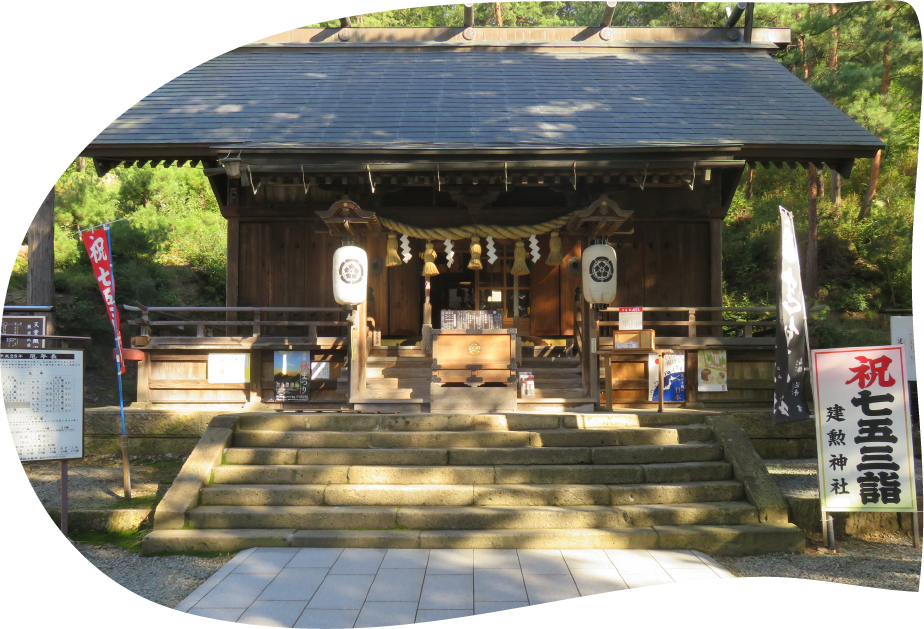
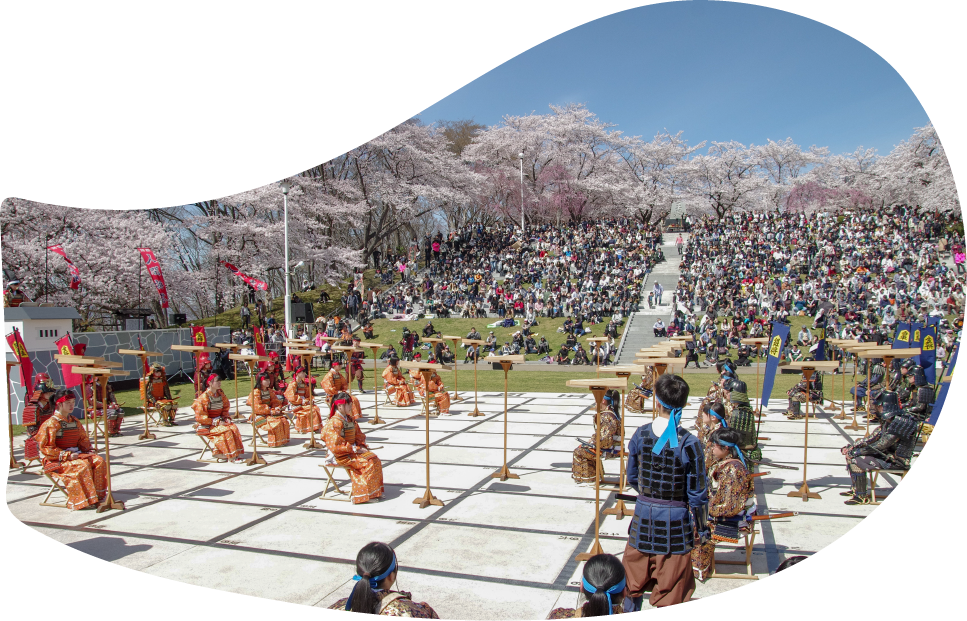

During its history of 160 years, the production of Shogi pieces in Tendo-city has not only expanded in scale, but also helped improve the local economy. Today, the city holds “Shogi Championship of Children” and “Junior high School Shogi Championship of all Japan” annually in an attempt to introduce Shogi culture to young people. Also, during the period of cherry blossom festival, it holds a “Human Shogi” event to offer the information of “Tendo: The City of Shogi” outside Yamagata prefecture. Many tourists visit Tendo every year to learn the history and the culture of the city.


Tendo-city, Yamagata is the largest producer of Shogi pieces in Japan, producing more than 90 percent of wood Shogi pieces made in Japan. In the city, you can see the Ōshō -bashi Bridge, which was named after a type of Shogi piece, and a pavement with “Tsume Shogi” tiles.
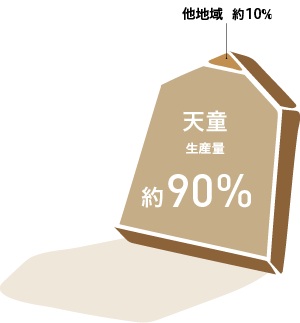
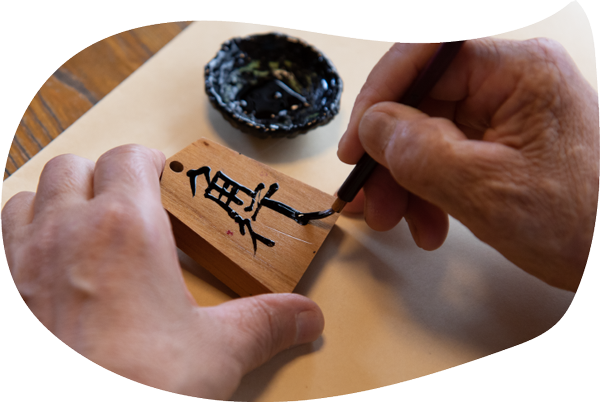

![]()
In order to make 66Shogi more familiar, ROKUROKU, a 66Shogi board that can be used as a table, was born. Produced according to the size of a standard desk (height 75 cm) for everyday use. The design is perfect for both Western and Japanese style rooms.
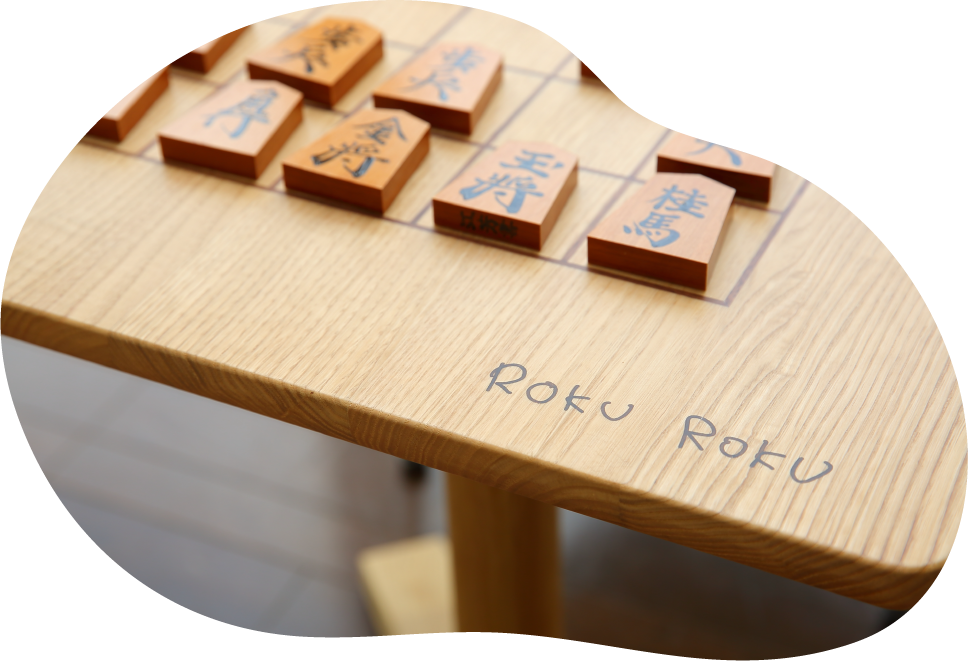
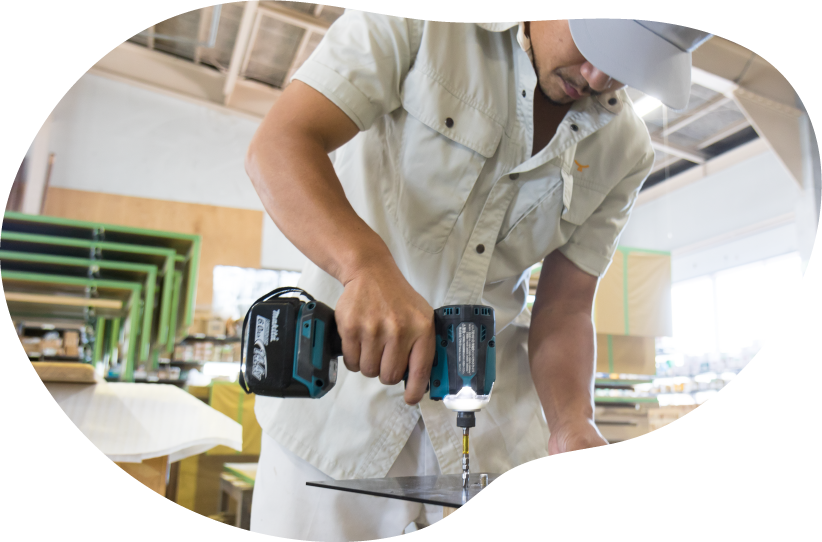

Tada Mokko Co.,Ltd.,
The Shogi board table is made by Tada Mokko Co.,Ltd., a company that makes custom furniture. Chestnut wood (reconstruction material) has both warm and straight grain that is ideal for a Shogi table. The table is a testament of highly-skilled craftsmanship with which squares are carefully inlaid into the depression carved 3mm deep into the wood to achieve a smooth surface.

Nakajima Seikichi Store
Maple wood material that is ideal for 2 sun (6.0606cm)-sized pieces is used. The contrast between the warm straight grain of the table and the sharp straight grain of the pieces gives the atmosphere of Japanese culture.
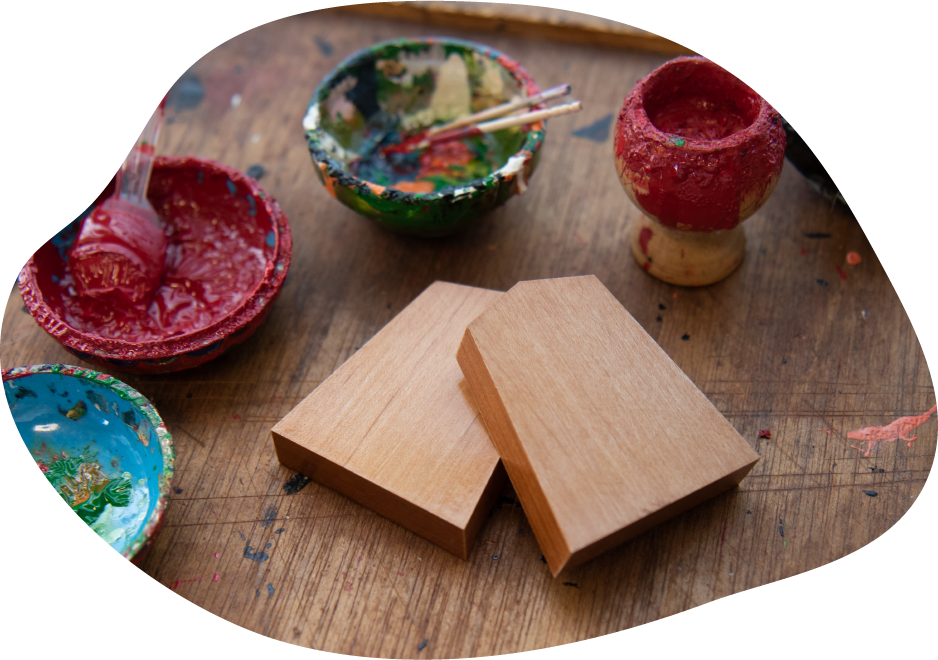
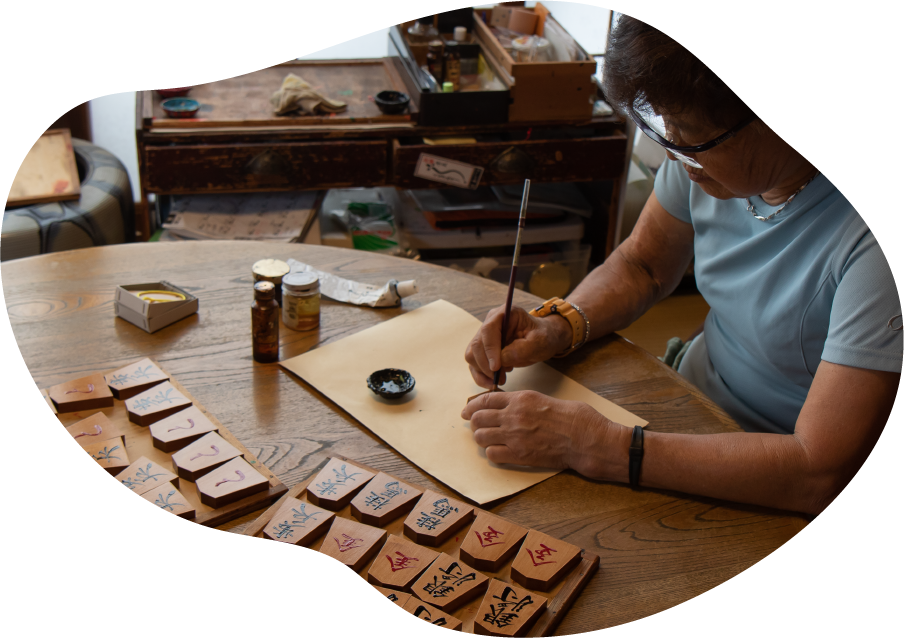

Koho
The pieces are produced by Koho residing in Tendo-city. The embossed Kanji characters that are written in one stroke with a brush dipped in lacquer adds liveliness to the pieces.